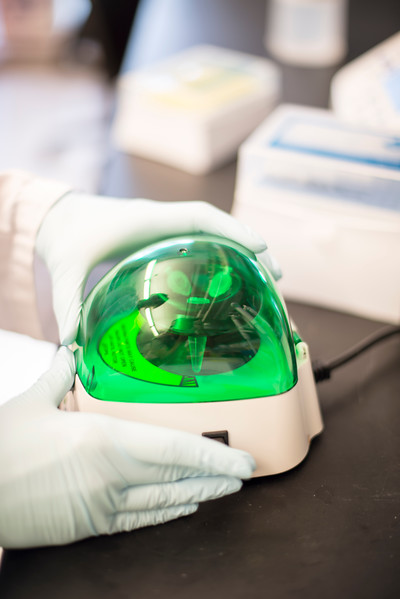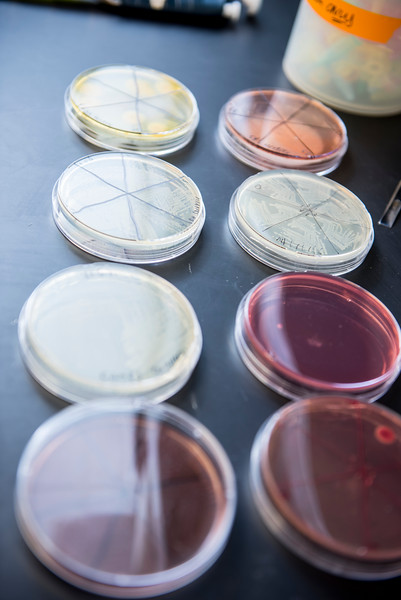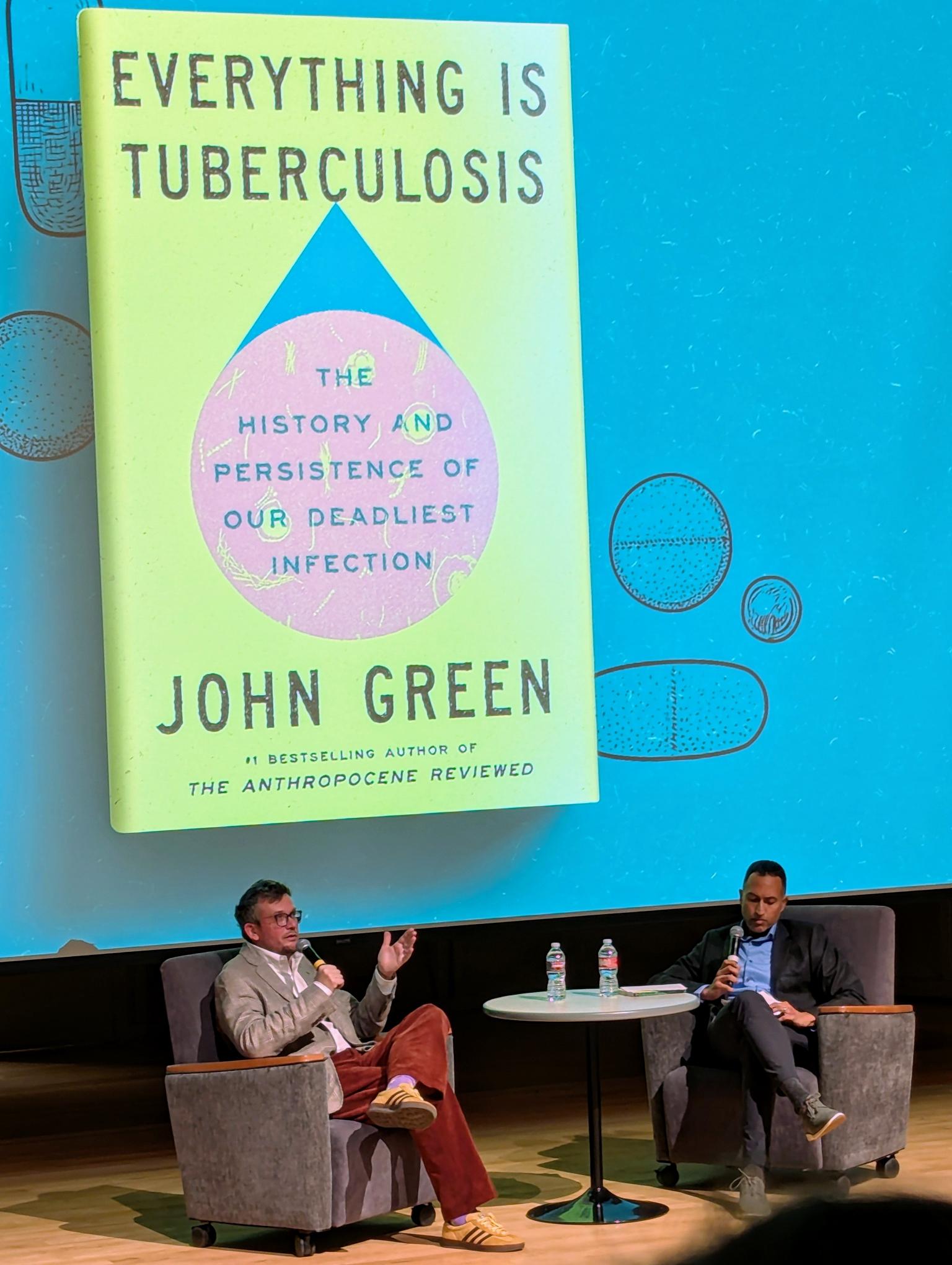Necessary components of a successful TB vaccine? SEATRAC awardee, Dr. Chandler Church, investigates
"This study really helps us advance our understanding of the interaction between local and systemic immunity against BCG and TB. This helps us going forward as we suspect a successful TB vaccine will need both a local and systemic component of immunity to be effective against pulmonary disease."
This study looks at the relationship between local (skin) site immune responses and systemic (whole body) immune responses to BCG, a vaccine similar to tuberculosis (TB) that is used around the world to prevent TB in young children. We found that there is significant communication between non-immune cell types such as skin and muscle cells and immune cell types at early time points, and later on communication was more balanced with immune cells communicating between themselves. We also measured the amount of bacteria after treatment with isoniazid (INH), a treatment for TB, vs. no treatment. We did not see a significant reduction in bacteria between the groups, likely because INH is more active against rapidly dividing cells and BCG is deliberately made to be less active due to use as a vaccine.
Read the full article: Probing Dermal Immunity to Mycobacteria through a Controlled Human Infection Model





